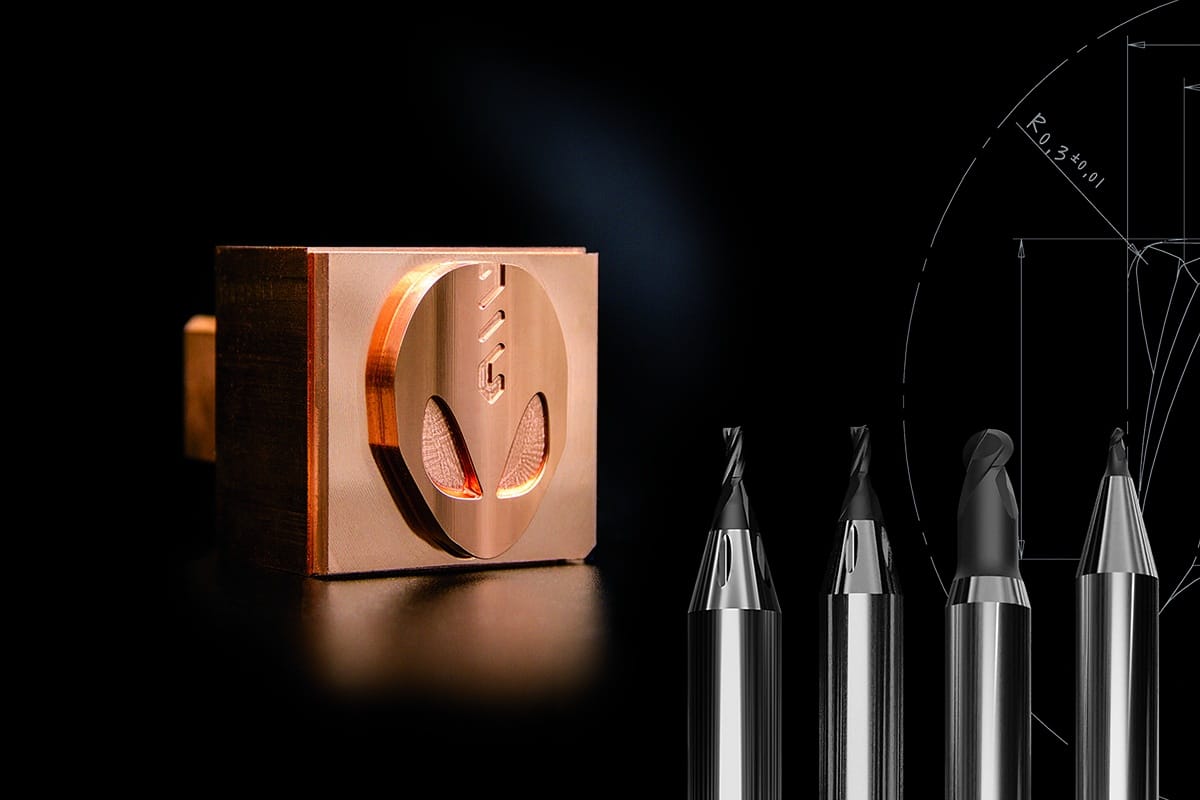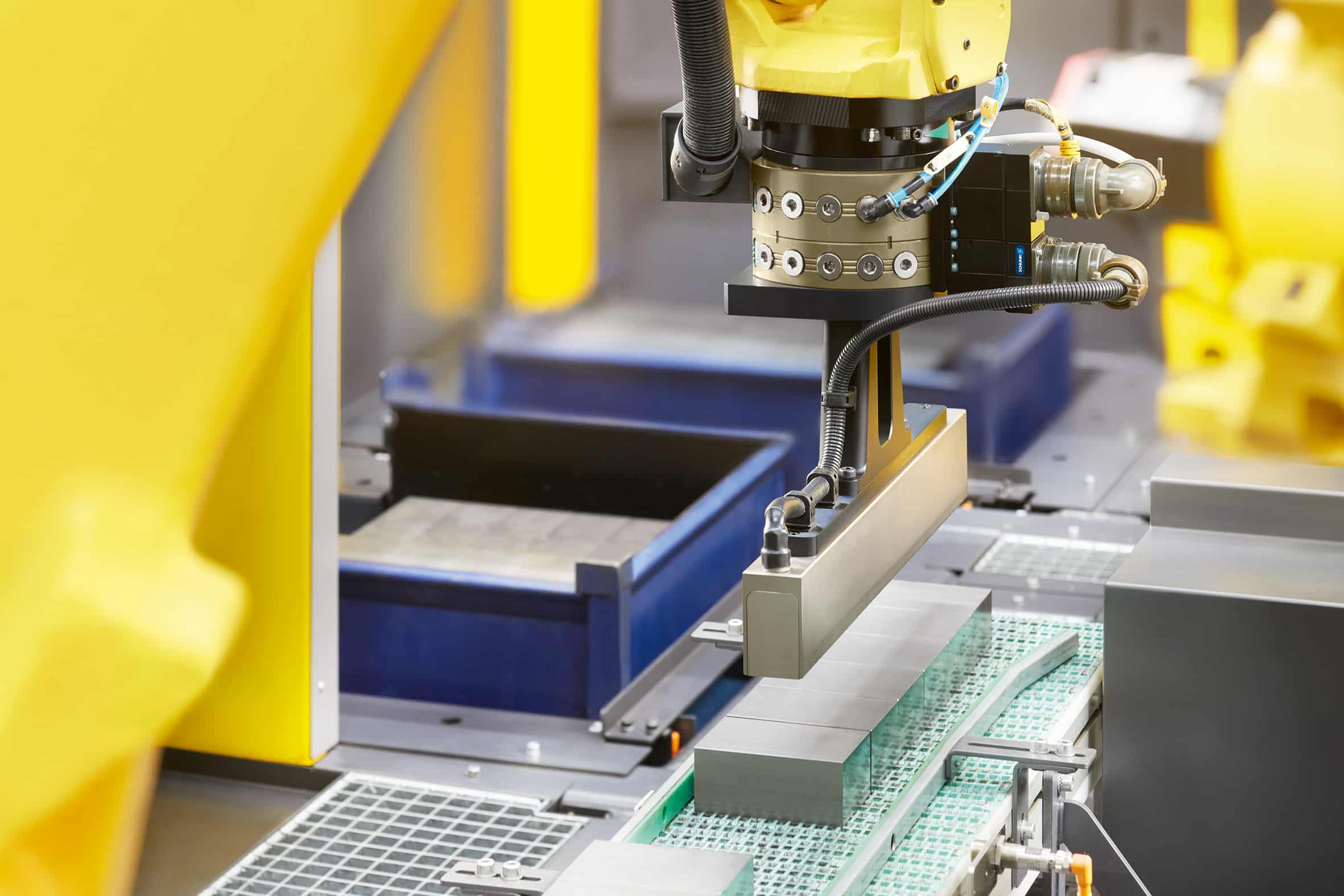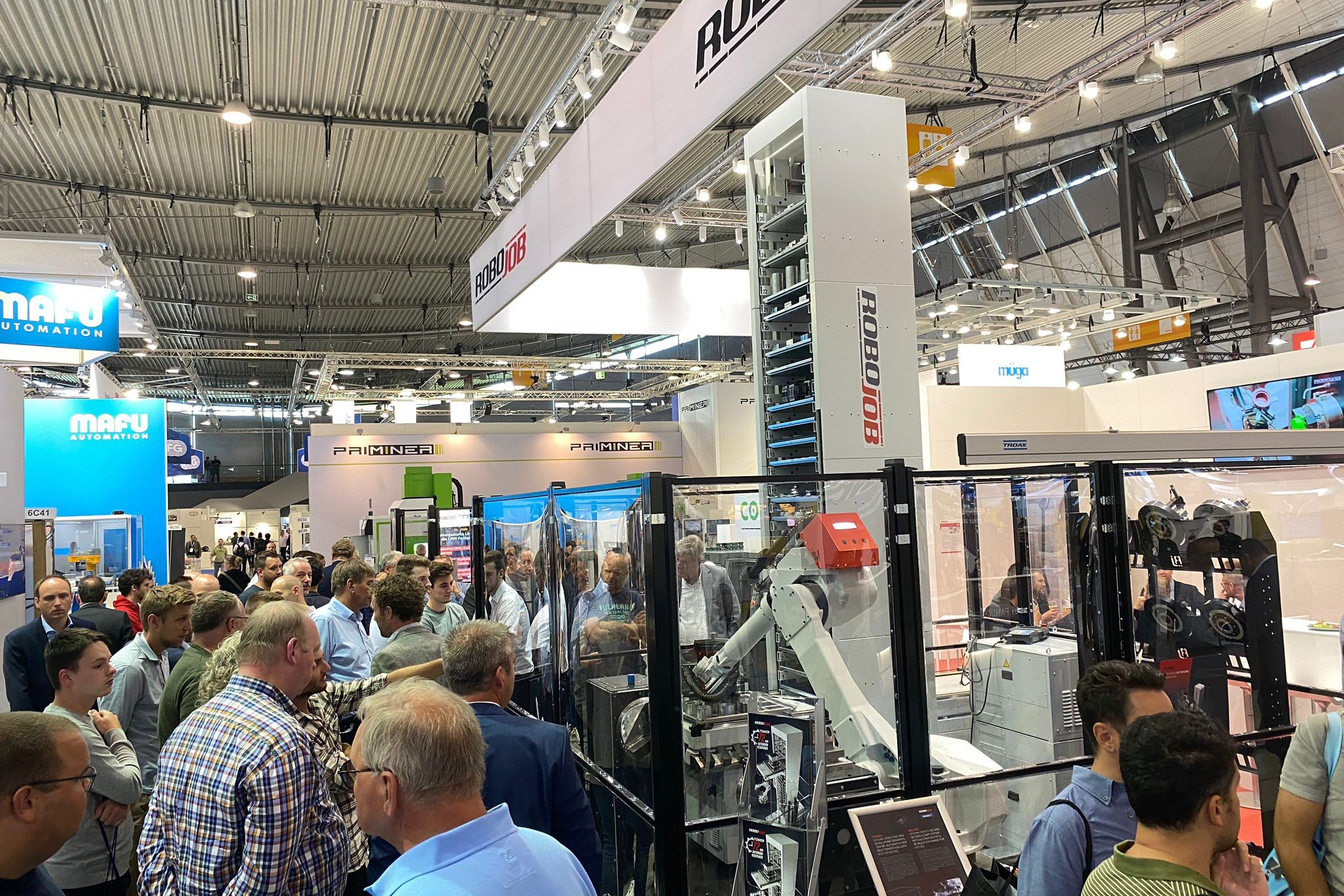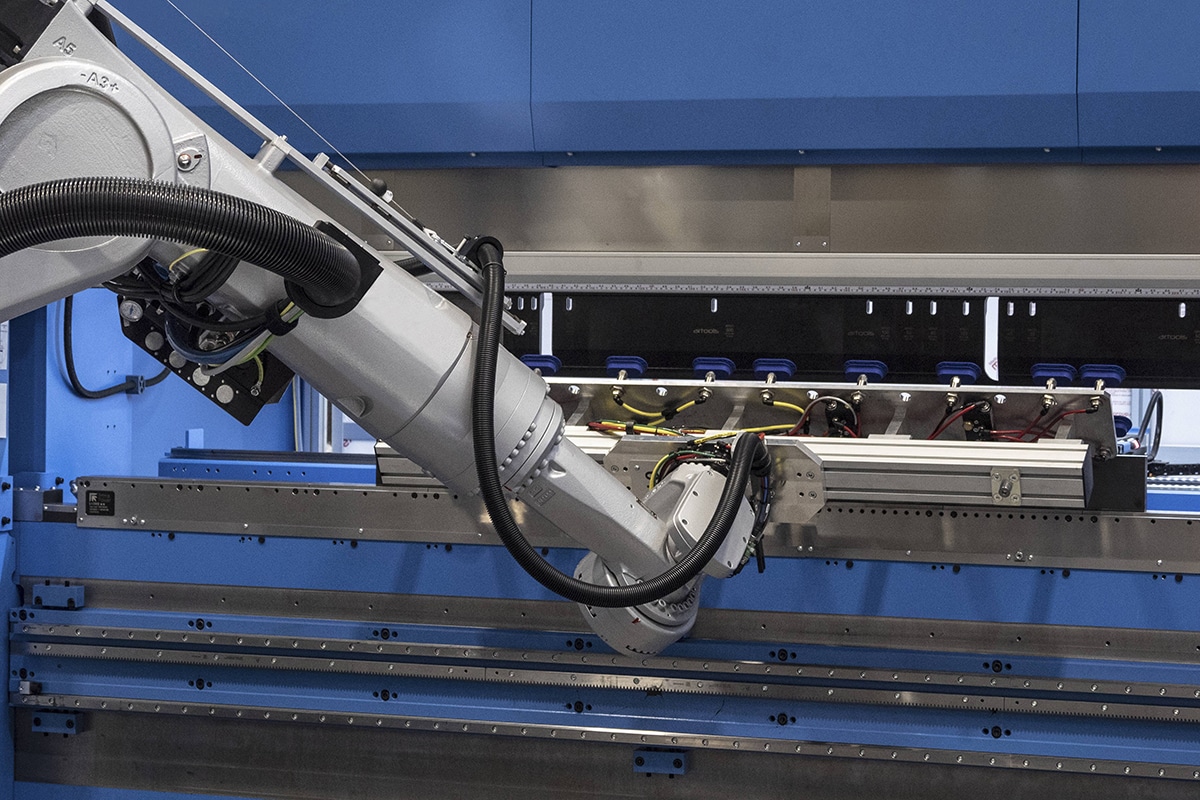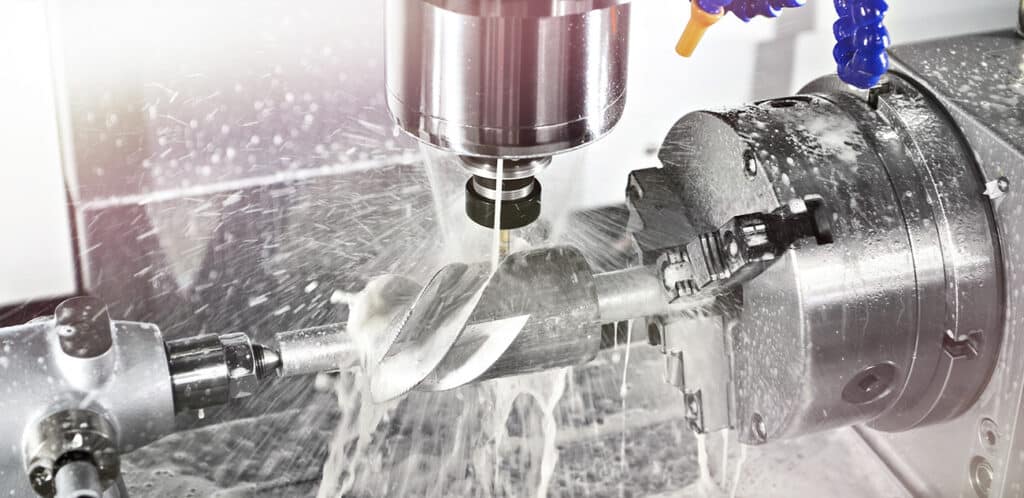
Trends in CNC turning
For machine builders and fabricators to think more locally to get their pieces, machinists must also meet their own needs. By investing in new technology and processes that reduce cost, improve flexibility and provide the responsiveness to respond to customer requests, machining companies are creating added value for their customers. But what are the key trends on the manufacturing floor?
Anyone who wants to remain competitive in Western Europe must bet on automation. That is more than robot technology alone. Although robots are increasingly shedding their complex image and proving themselves to be flexible, easy to program and even applicable to multiple machines, they continue to require considerable investment.
There are also other ways to start automating. Rod feeding, for example, is already very well established for turning operations. But also consider technology that allows metal companies to preset their tools, probes that measure the piece or tools during the process to feed corrections back in-line, or automatic collision control to avoid errors. It's about seeing what can be interesting in production so that the pieces come off the machine perfectly turned in one pass.
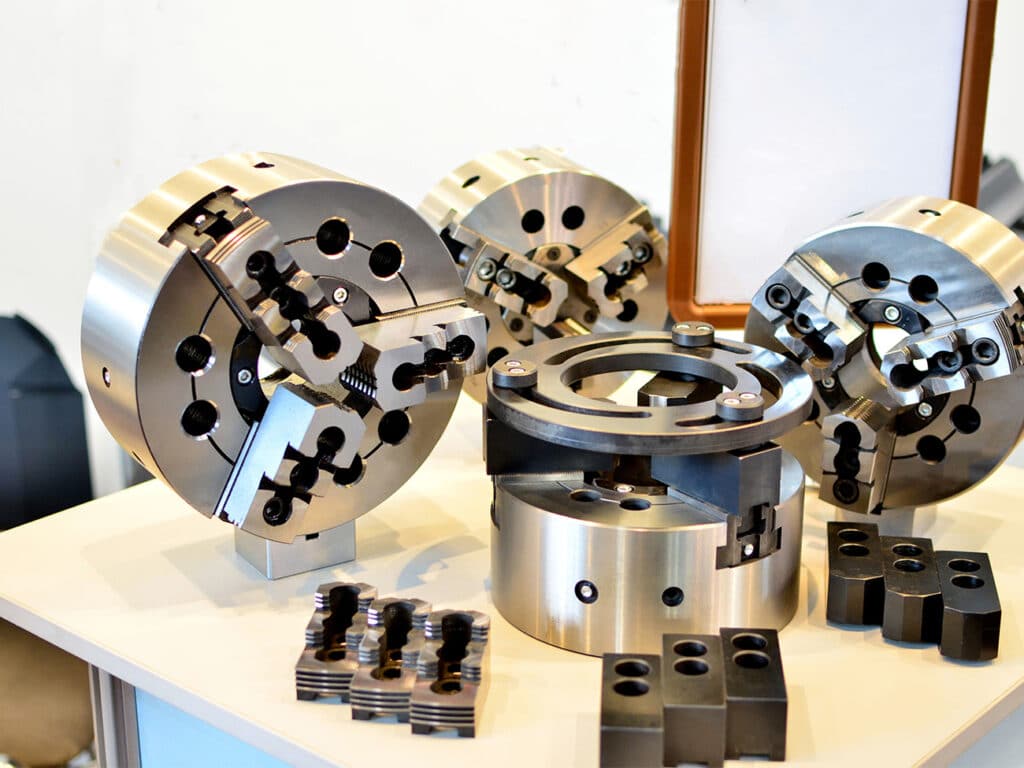
More flexibility
Turning volume remains high. Worldwide, it accounts for 27% of machining, making it the most popular machining technique. But what those orders look like has changed considerably in recent years. Large series are giving way to more variety between production batches, and this is also reflected in the choice of machines. The definitive breakthrough of lathe-mill combinations is a clear exponent of this, but think also of long lathes that can take a shift on the weekend. Or lathes with two turrets or double spindles can offer more possibilities in the same fixture.
Focus from hardware to software
The evolution written above is the path all manufacturers follow. How fast machines remove material, what speed their spindles reach, at what dynamic acceleration the spindles move...: there is often only a limited difference. What can often make the difference today is software. Manufacturers are integrating artificial intelligence to reduce programming work to a fraction of the time. This is already succeeding extremely well for the average work, allowing programmers to focus on the complex work. It also looks at how to extract data from the machine and possibly integrate sensor technology to make machining more adaptive and to learn from extensive data analysis. ❯
The challenge for the next few years will be integrating all the machines on the shop floor into a single entity, linked to other software systems such as ERP or MES.
More efficient inspection processes needed
Those who choose lathes and multitasking machines that can work on their own all weekend will have a lot of inspection work to do on Monday morning. Already today, that can be a bottleneck for turning companies that takes up a lot of time. Therefore, new measurement technology that can speed up and simplify inspection is being looked forward to. This includes vision systems with 3D cameras. On-machine measurement systems can already provide rough or more complete indications.
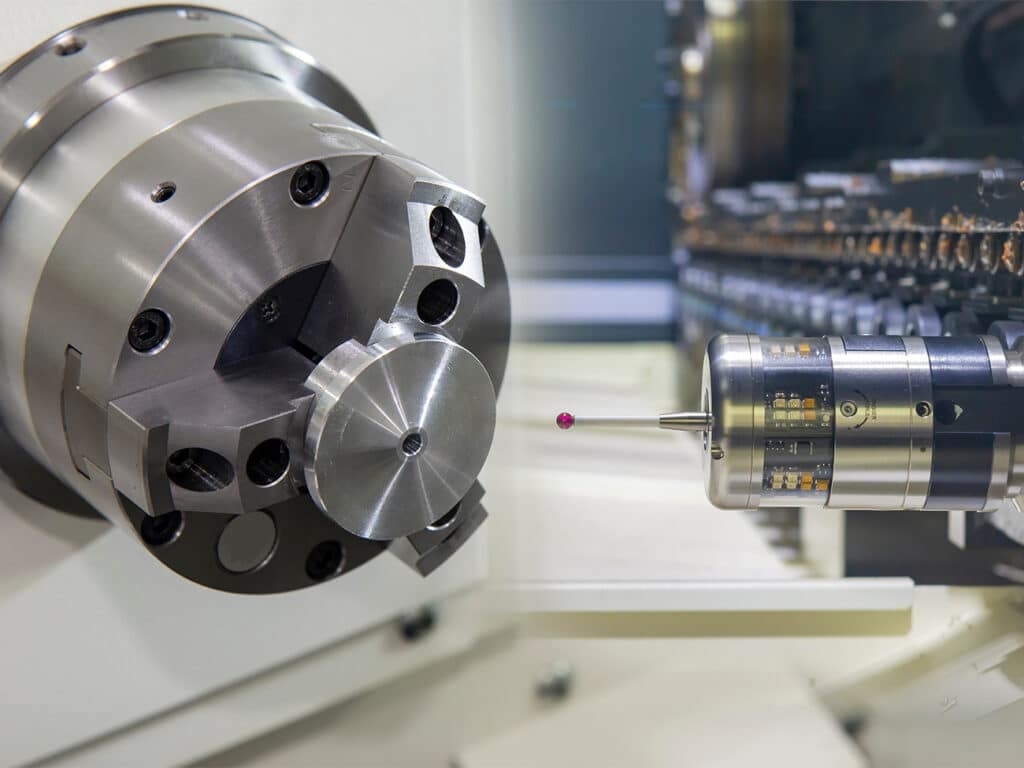
Doing more yourself
Modern turning companies want to be a one-stop shop for their customers. To that end, they are also looking at machines to perform other machining operations, as well as finishing processes, assembly, packaging and perhaps even inventory management for their customers. Or they choose to partner with reliable partners who can give them that same flexibility so that the customer can be at their beck and call.
Co-engineering for better manufacturability
Machinists are also increasingly betting on their expertise in making. Working closely with their customers, they sit down to see what could be changed about a design to achieve better manufacturability and thus lower costs. This can range from modified geometries to better material types.
